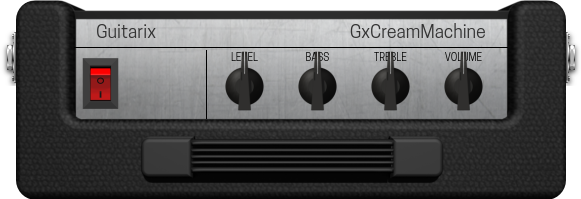Hi there
After some publishing of my fuzz plugs (I’m a bit afraid that it leaves to no avail), I like to publish my latest plug to the MOD. This time it’s a analogue simulation of a Power Amp, which I’ve designed from a couple of schematic files which I’ve studied in the past.
For those of yours which are interested in analogue circuit design, here are the schematics of the plug. First part is the input circuit, were a pair of 12AX7 tubes compress and saturate the incoming signal, so that a creamy, low magnitude signal leaves this stage. No peak in the signal will be flow above this stage.
https://s1.imagebanana.com/file/180516/7qIEneIK.png
Next stage is a EL34 powered transformer, were the input is filtered by a 12kHz Lowpass filter. This stage is what usually is called a “Power Amp”. It will multiply the input by, well the dial is on your fingers:
https://s2.imagebanana.com/file/180516/ULy4gHm8.png
Now, to get it right for your PA system, we’ll need a “PA out”, which is implemented here as a simulation of the cab out circuit from the “Hughes&Kettner Crem Machine”. Hence the name for this plug.
https://s1.imagebanana.com/file/180516/dqSTgsNP.png
To say it, this is a simulation of a full stage power amp, which will allow you to feed your signal into a PA system, without the need of a Power Amp. On the other hand, this plug will give you enough headroom in the signal pass, so that you could feed a low powered signal, to your amp.
Compression and saturation will be handled by a response table, you could influence it with your set of the “Level”.
This way, I manage to drive the CPU consumption down to about 6% on the MOD.
Keep in mind, this is a simulation of a Power Amp, so, it will be stay in the dynamic category. True, it’s a simulation of a Power Amp Stage, but, hence it is more responsible for the dynamic response to your guitar.
So, I’ve said more then I want already, here is the obligatory sreeny, nothing fancy this time, straight from the SDK.
Pull request is pushed, now, it’s up to you, if you like it or not. However . . . .








